Origins Of the Mayan Civilization Unearthed
Table of Contents
A husband-and-wife duo of anthropologists Takeshi Inomata and Daniela Triadan lead a team of archaeologists on an ancient Mayan site called Ceibal back in 2013. What they found on site, located on the Guatemalan territory, were pieces of monumental ancient Mayan architecture, including small platforms for pyramids and other ritual architecture.
These findings are a clear indication of the fact that the origins of the Mayan civilization are a lot more complex than we previously thought. There are two prevalent theories on the subject. According to the first one, the Mayans descended from the Olmec people from La Venta. The second theory claims that they developed entirely on their own.
Religion played a very important role in the Mayan society. Priests were on the second from the top step of the social ladder, just below the rulers. So it’s not surprising that there are some fascinating Mayan rituals and ceremonies. Below you can read up on some examples of such practices.
Who were the Olmec?
The Olmec civilization was an ancient civilization that was centered in La Venta. The theory about the Mayan civilization being a “daughter” of the Olmec one claims that the people who eventually formed the Mayan city-states were actually the people living on the outskirts of La Venta during the Olmec civilization. Until the Ceibal find in 2013, this theory was believed to be true – the only other theory that was taken seriously is below.
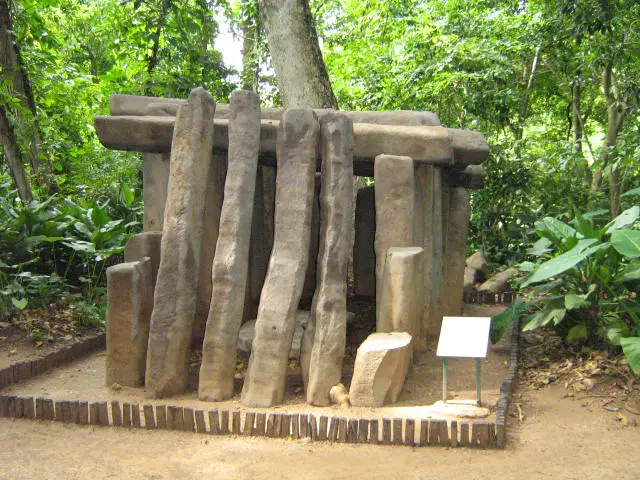
Developed in the jungles on its own?
Supporters of the second theory believe that the Mayan civilization had developed independently in the jungles of what is now Mexico and Guatemala. According to the theory, no culture other than indigenous played a part in the development of the ancient nation.
So which theory is true?
It would seem that both theories were considering the origins of the Mayan civilization as something absolute. However, the findings in Ceibal could very well shed a different light on them and it does seem that not everything’s black and white.
How did Mayan civilization actually originate?
Neither of the theories appears to paint the full picture, after all. The ritualistic elements of the Mayan culture found on the site in Guatemala tell us that the site pre-dates the center of the Olmec civilization by at least two centuries. This eliminates the possibility that the Olmec were solely responsible for the development of the Mayan civilization.
However, these findings aren’t enough to dismiss the Olmec influence completely. There were a lot of similarities between religious practices of the Olmec and the Mayans, particularly the pyramids. The married couple and their team that lead the excavations in Ceibal believe that the findings tell us about a cultural shift that occurred sometime in 1,000 BC. Ceibal appears to be in the very center of this shift. We don’t yet know how far this shift has outreached, but what we do know is that the findings had made the origins of the Mayan civilization all the more interesting and complex.
Political Structure
Mayan political structure was just as fascinating as it was complex. It is, of course, impossible to list all the amazing facts about a civilization in an article, but I hope that you find the facts listed below at least somewhat interesting!
Human sacrifices
Kings were incredibly important figures in the Mayan culture, and their accession ceremonies were the most important political events. They had to coincide with lunar cycles – we all know how much the Mayans valued their calendar. And an essential element of the ceremony was the human sacrifice in honor of the new king. He had to capture the victim himself.
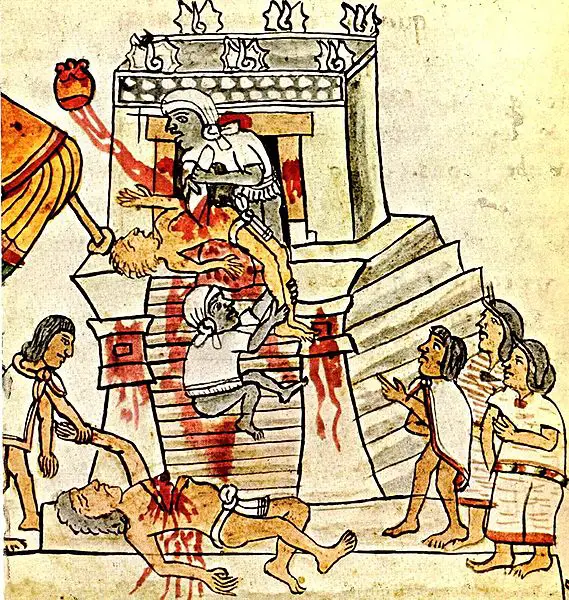
As you can probably imagine, the Mayans were quite religious, and their religion involved a lot of rituals. Not only did a person have to be sacrificed before a king was crowned, the king himself had to draw blood when a potential heir was born.
Death and corn
When a citizen died, usual custom in Mayan rituals was a burial with maize placed in their mouth. According to their belief corn was the food for the dead on their way to the afterworld. This vegetable was also the Mayan symbol for rebirth. That was very important to the Mayans who placed a large emphasis on the circle of life and rebirth.
Crossing babies’ eyes
The Mayans had very particular ideas about what their children should look like. They’re said to have dangled various objects in front of babies’ until their eyes became forever crossed. There was also a quite common practice among Mayan rituals in which they flattened babies’ foreheads by pressing boards on their faces.
Kings were thought to be demigods
Religion was, as I said earlier, a very big part of the Mayan society, and they believed that the rulers of their society were chosen and given permission by the gods to rule over them because they were god-like – demigods of sorts. In fact, one of the major duties of a ruler was to exercise his godlike powers over the people. The kings had the power of religion and prestige behind them, which should made it quite easy for them to rule the Mayans. However, ruling Maya wasn’t as simple as one might believe.
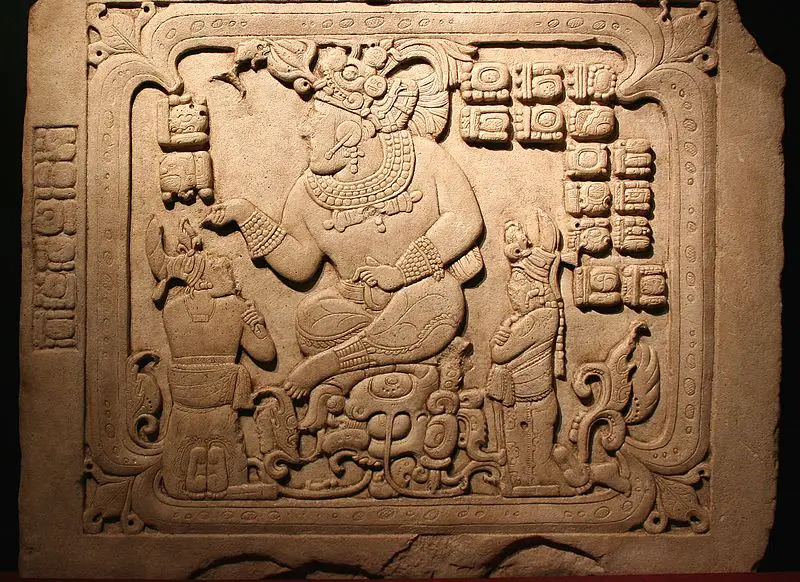
Bloodletting rituals
Ritual bloodletting was another significant part of the Mayan rituals. Boys had their first bloodletting when they were five, for example. Surely you’ve seen pictures of various Mayan citizens that depict them with many piercings and body art. These piercings were actually bloodlettings. And the more piercings a person had, the higher their status. The rulers were the ones expected to take part in the most bloodlettings. The blood was then smeared on idols, which were then burned. They believed that smoke would bring the blood up to the heavens to feed the gods.
Maya wasn’t a unified state
What we today know as “The Mayan Civilization” was actually a trio of city-states that never became a unified empire. Tikal, Dos Pilas and Copan each had a single god-like ruler. This could serve as one possible explanation as to why they never became a single state – we all remember the mythical disputes between various Greek gods and Egyptian deities! That’s not to say, though, that the city-states weren’t isolated from each other. All three had solid, albeit tumultuous trading relationships with each other that extended to kings kidnapping potential human sacrifices from neighboring provinces.
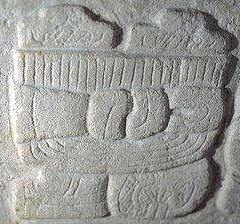
Make war, not love
The Mayans were very good at astronomy and believed in a blend of religion and cosmic sciences. In fact, the priests were the most educated social class of the Mayan civilization, second only to the kings. They were the ones who noted the movement of the stars and planets. All Mayan rituals and personal significant events in people lives were coordinated with these movements. Perhaps the most fascinating example of this practice is that they only went to war when the planet Venus, which the Western nations associate with love, rose in the heavens.
Priests had a lot of influence – second only to the King’s
Mayan government was quite hierarchical and by this point, you shouldn’t be surprised to hear that priests were incredibly important people in the Mayan government – second only to kings. Kings often spent time with priests to listen to their advice about a present conflict, either with another Mayan city-state or some other land, or to generally discuss the future. The king, priests and members of nobility were, most often, the only members of the Mayan society that could read and write.
Kings were also warriors
The saying “with great power comes great responsibility” could truly be applied to the Mayan kings. Not only were they expected to exercise their divine powers on a daily basis (sometimes up to 6 hours a day), but they also had to fight in wars. While there were no standing armies as such, the relationships between the three city-states were riddled with frequent military conflicts, and the kings were fully expected to lead and fight battles.
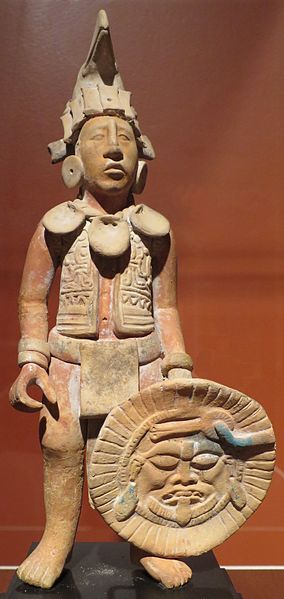
Women could be Queens
Yes, there was nothing in the Mayan laws that prevented women from having godlike powers of Mayan rulers. In fact, there were quite a few successful queens of Mayan city-states. Since the godlike powers usually ran in the family, a woman was crowned when there was no male heir available, when the king was away fighting in a battle, when the heir was too young to rule, and in various other scenarios. We don’t know for sure if there were any female warrior rulers, though.
Termination and rebuilding
The nation’s belief in rebirth and the circle of life led to many frequent rituals of “renewal”. For example, every 73 years the Mayan rituals demanded the destruction of peoples’ homes. They burnt all the household items, and the houses themselves, naturally placing the sacrificed humans on top. Then they burned them again. This ritual used to be a part of the circle of life process in which Mayans believed.
After the destruction, the Mayan rituals commanded every family to build a brand new home. They had to use broken, as well as whole parts on the very top of the old foundation.
